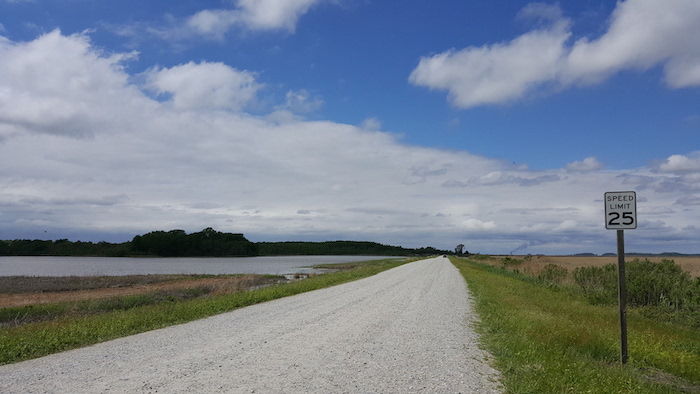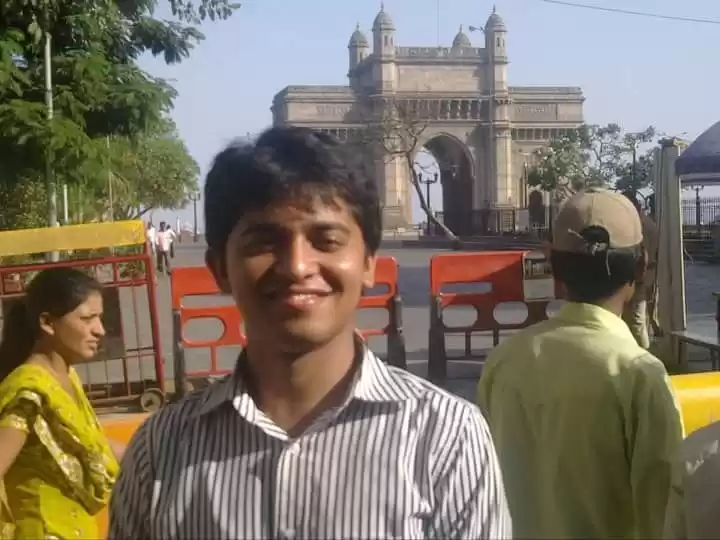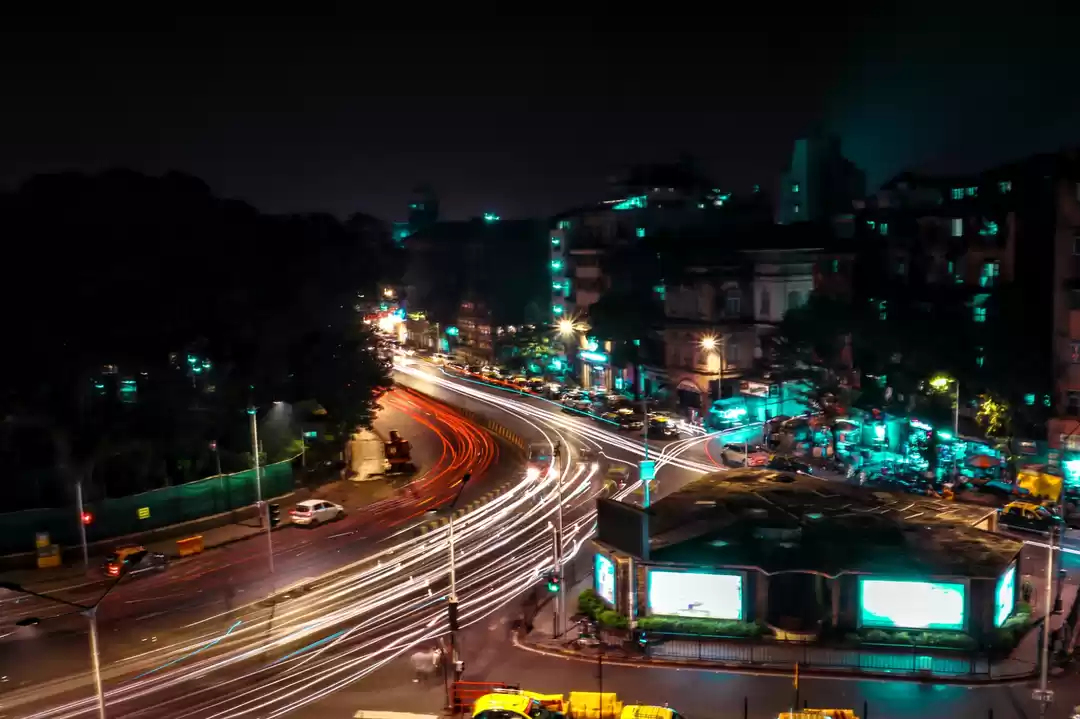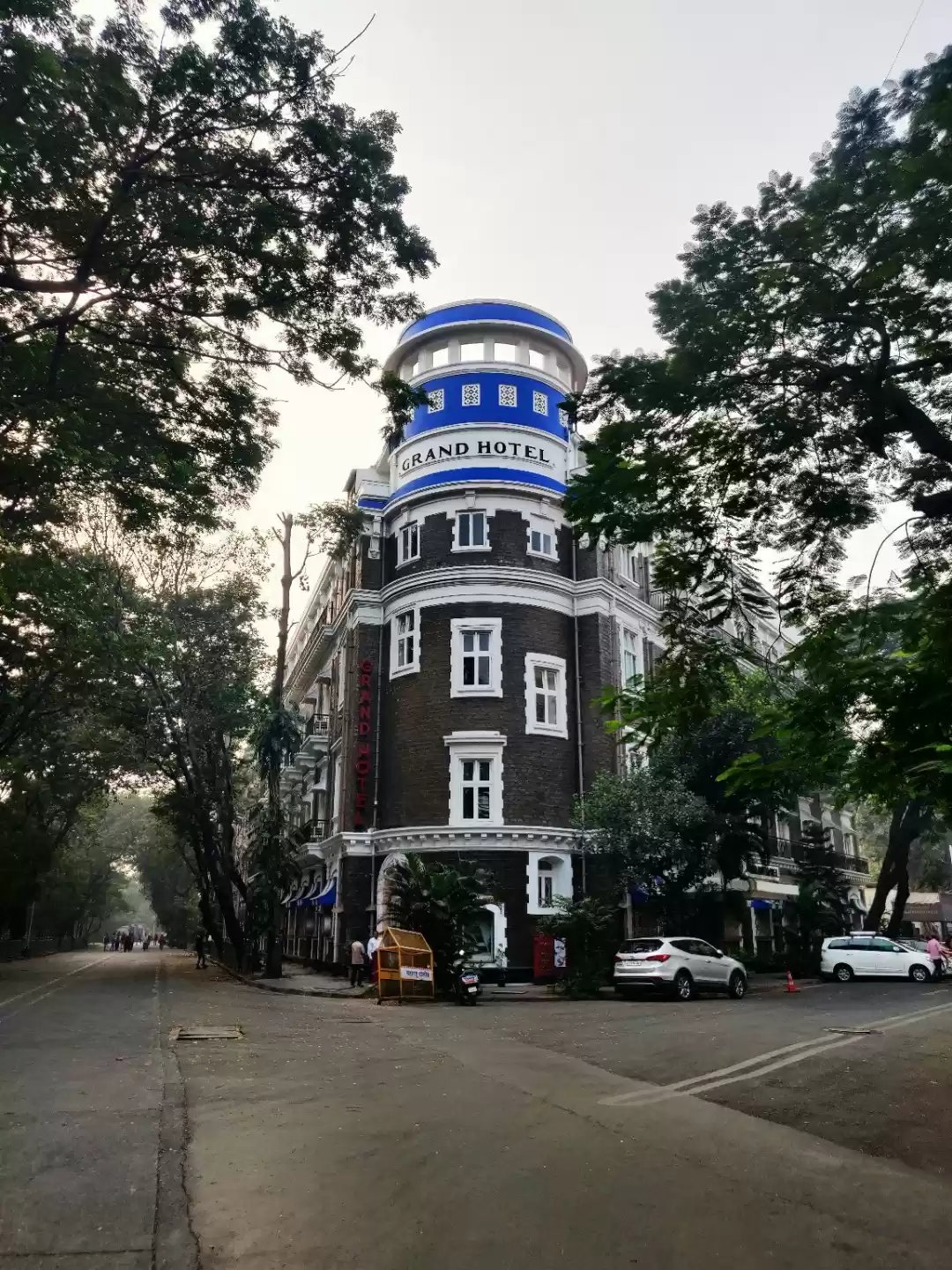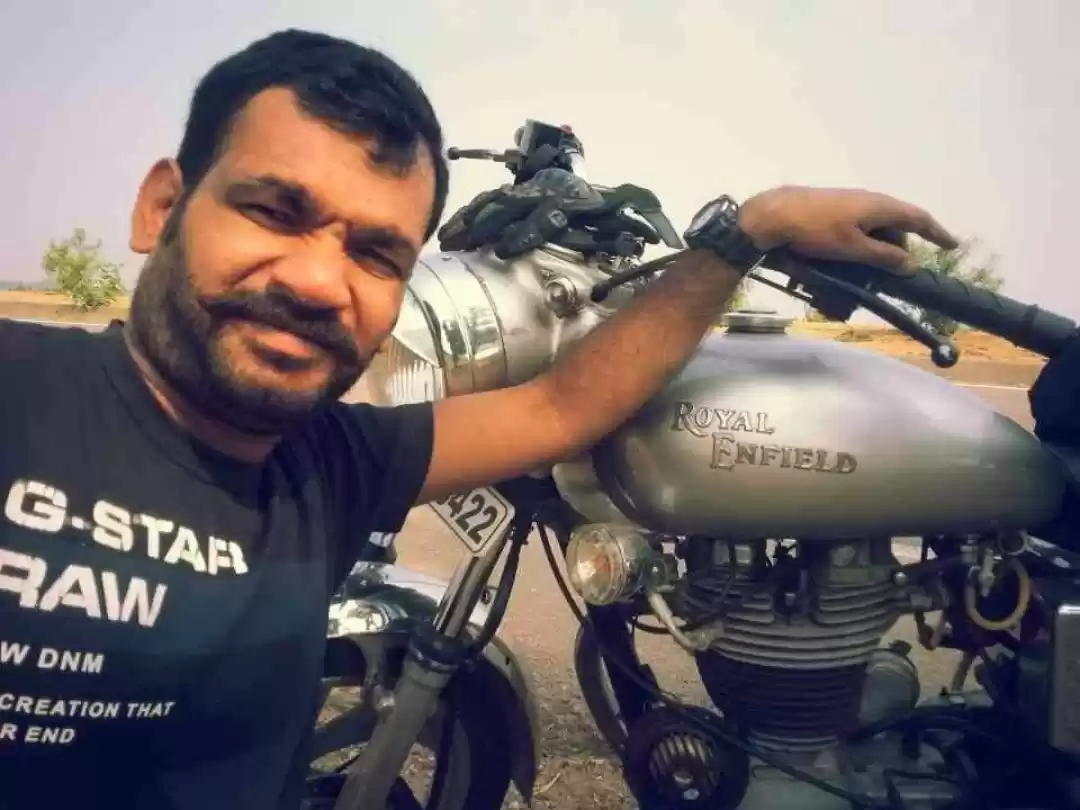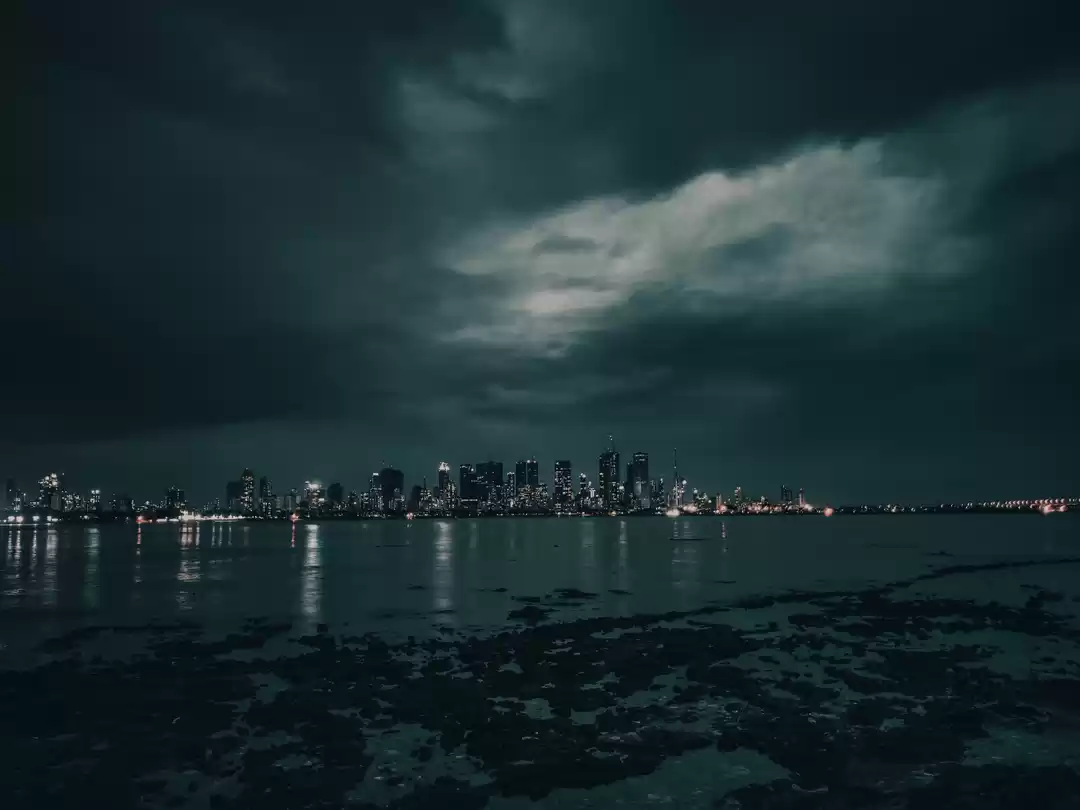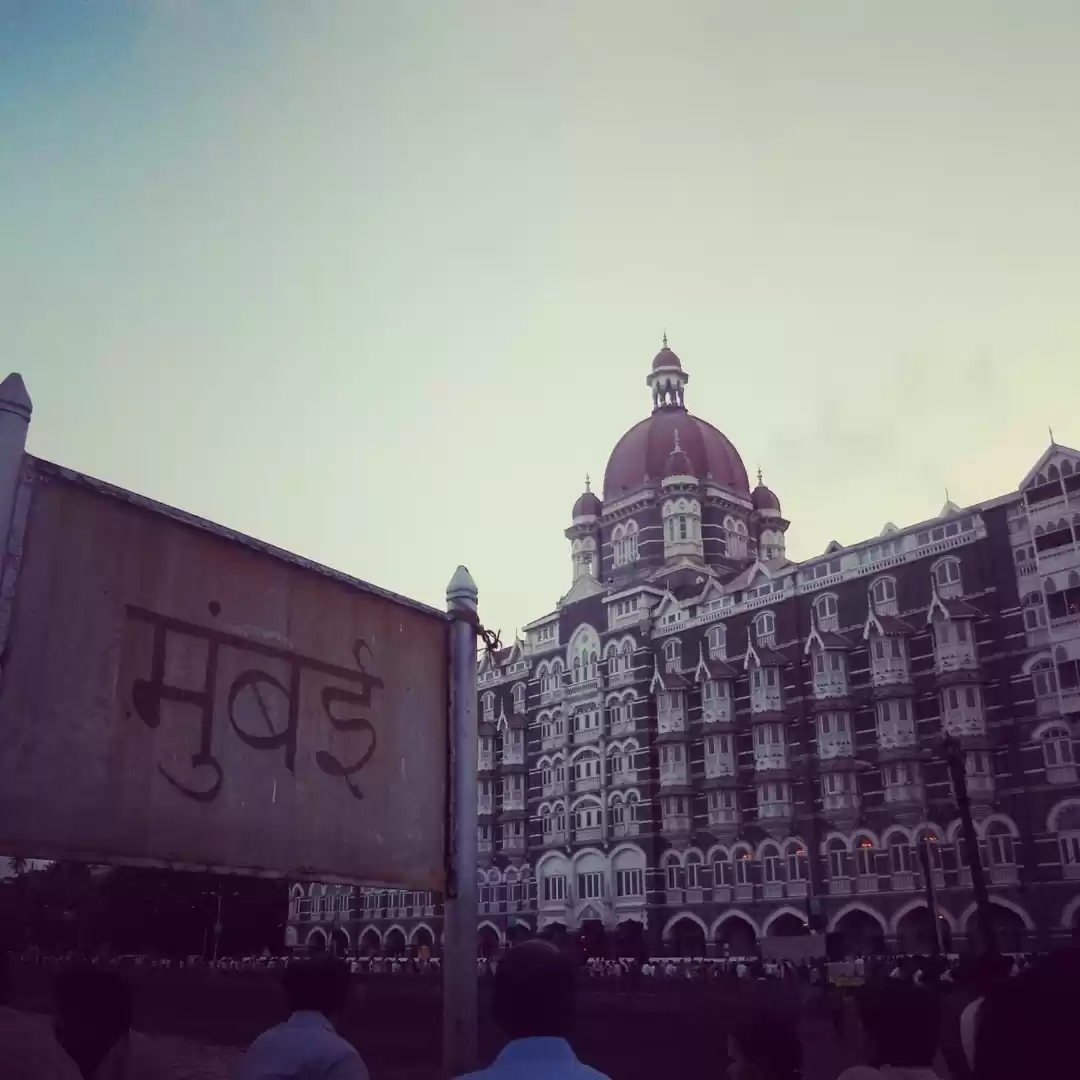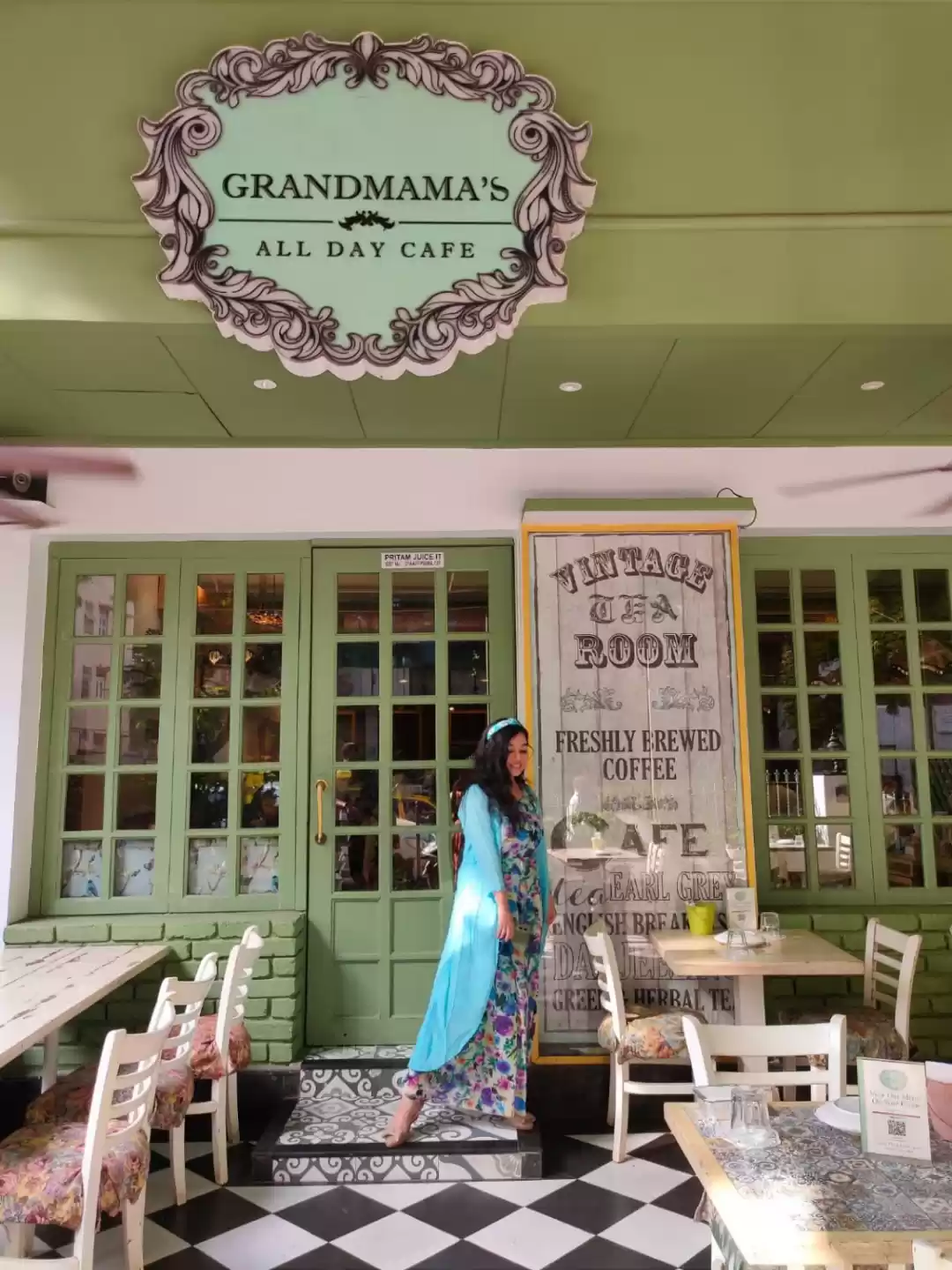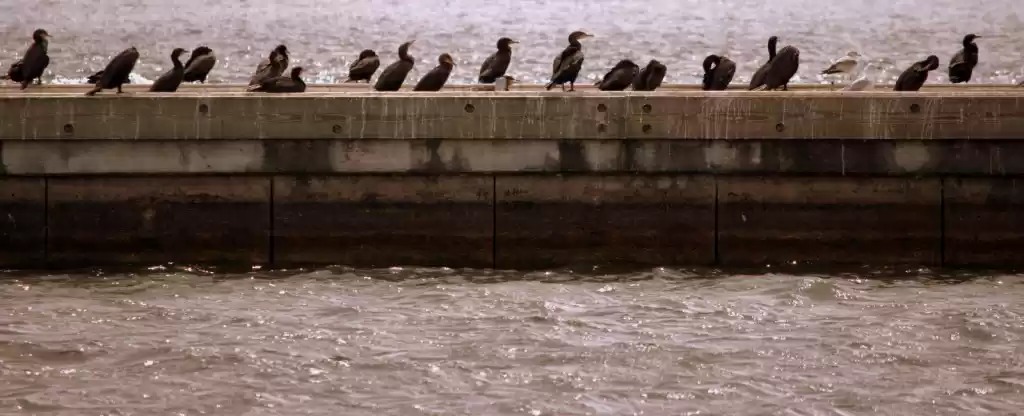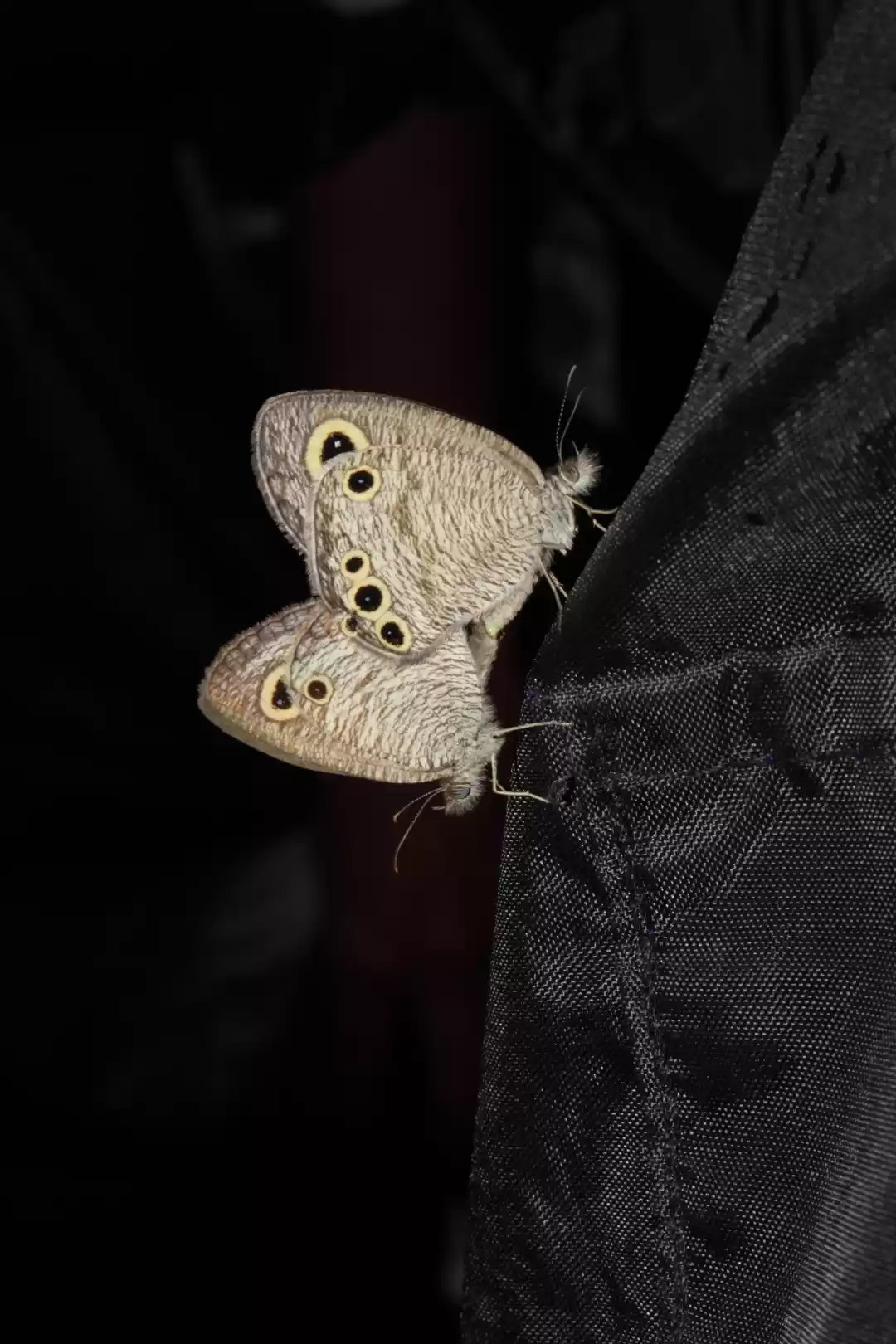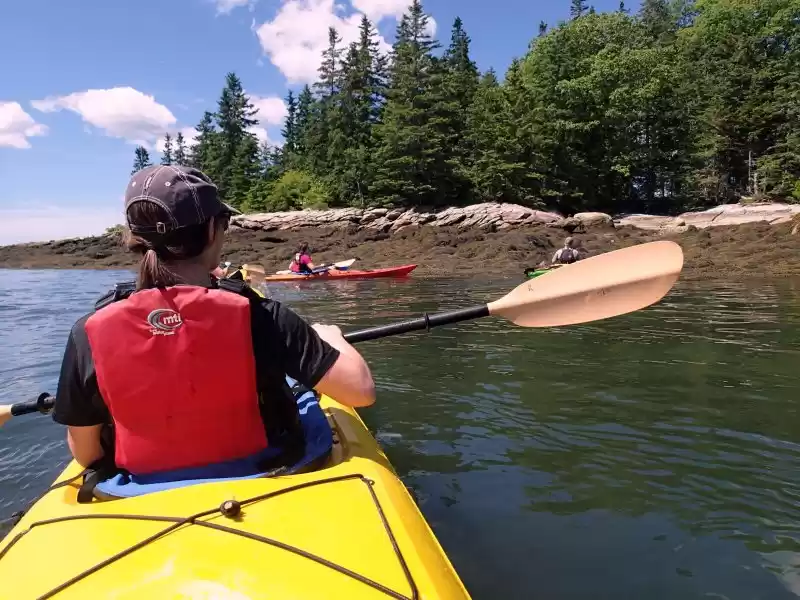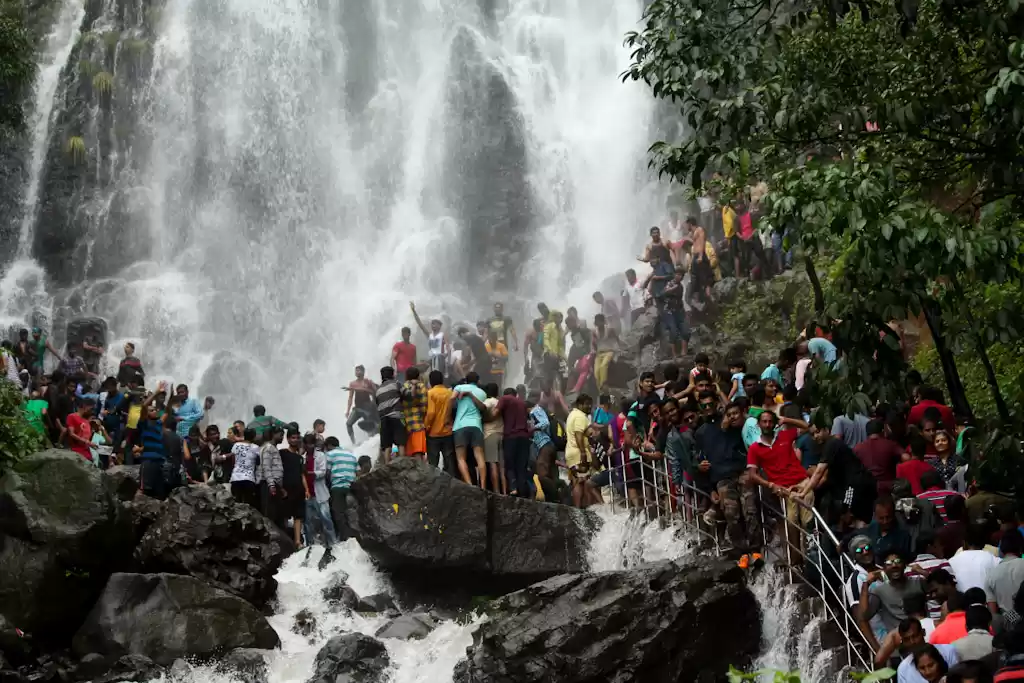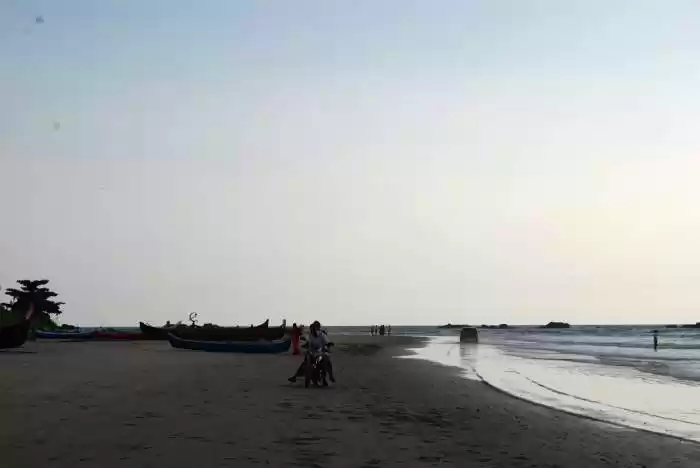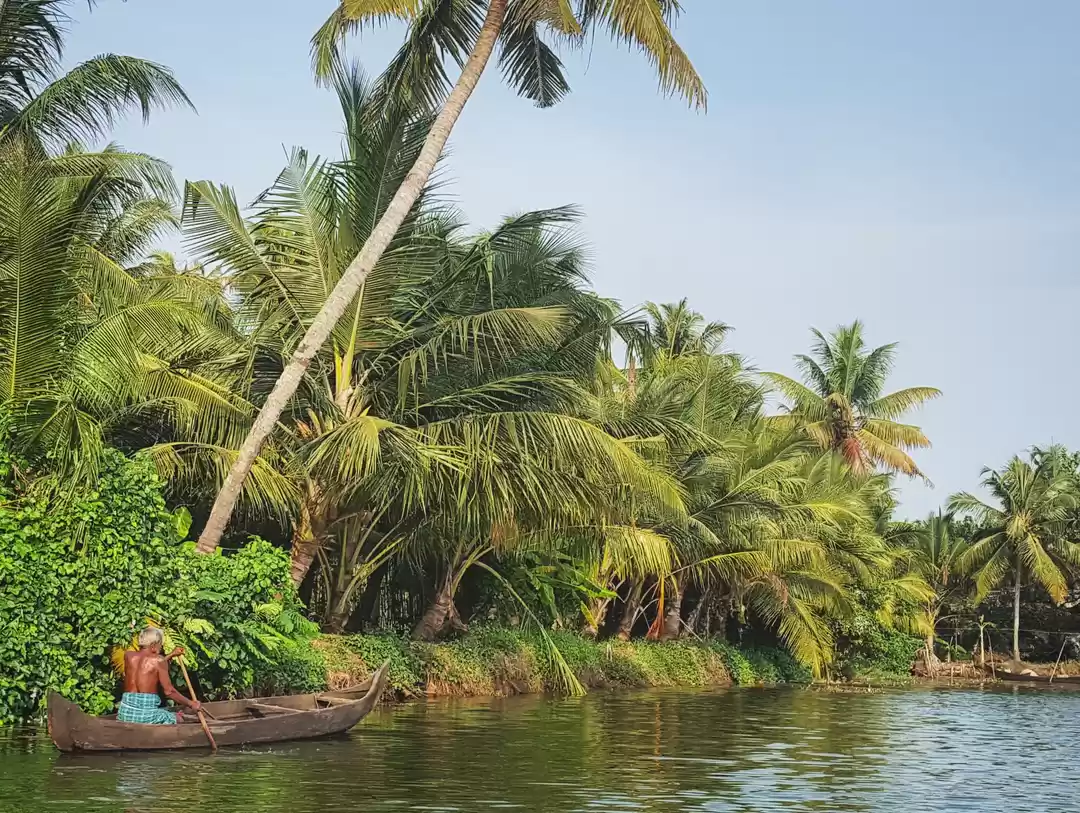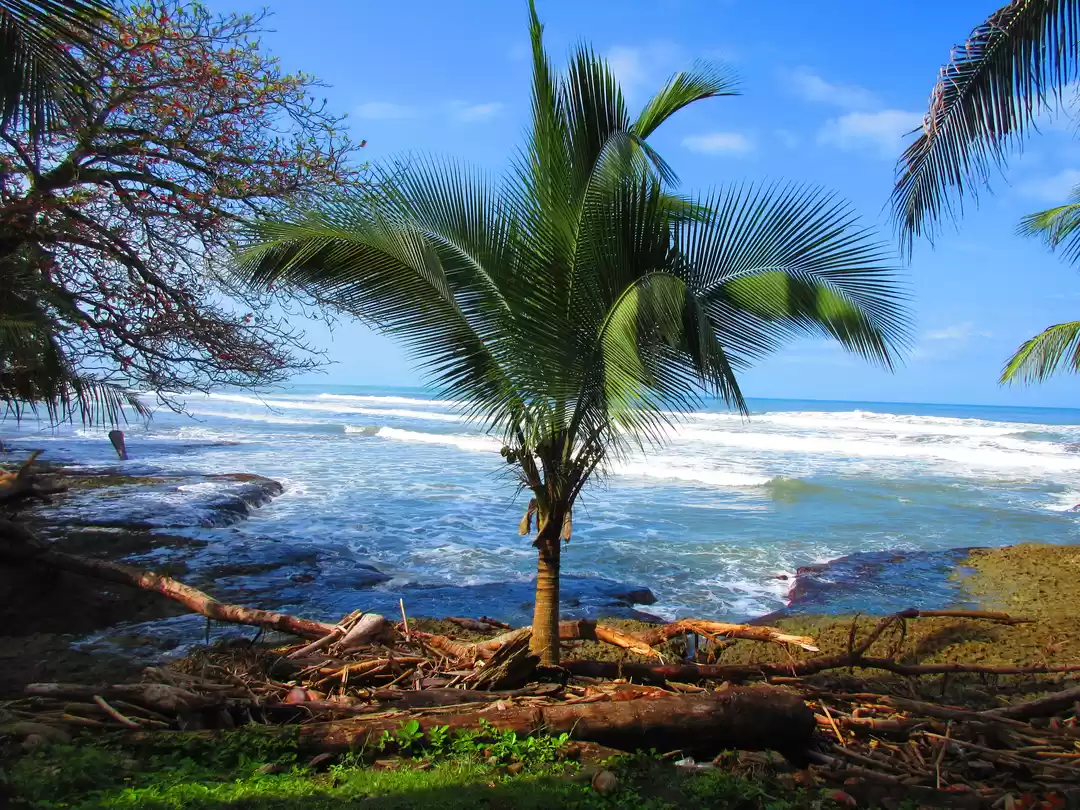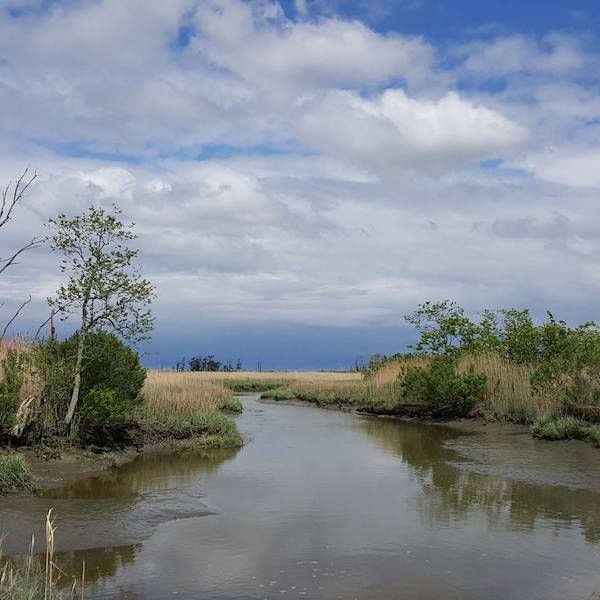
Bombay Hook National Wildlife Refuge is an oasis on the East Coast of the United States. Located about 50 miles southeast of Wilmington, Delaware, Bombay Hook was created in 1937 to provide as a refuge for migratory birds, particularly those who live in water. Many types of other birds, amphibians, and mammals make the refuge their home. It is an especially important place for animals who call other places along Delaware’s coast home — and have seen those habitats destroyed.
My girlfriend and I, both amateur naturalists, decided to escape the hustle and bustle of city life to spend a day cruising the 12-mile wildlife drive. Federal law prohibits the disturbance of refuge wildlife, so we were very careful to keep a safe distance of any of the animals we saw. We made sure to take only photographs and to leave only with memories, as the U.S. Fish and Wildlife Service’s website asks us to do.
That website also advises visitors to bring bug spray and to wear long-sleeved shirts and pants. I was so glad I did! The air was awash with thousands of tiny gnats flying around my head. Even with the large amounts of bug spray I was wearing, I kept waving my hands, trying to swat them out of my face. But the sights we saw during our trip made up for the minor annoyance.
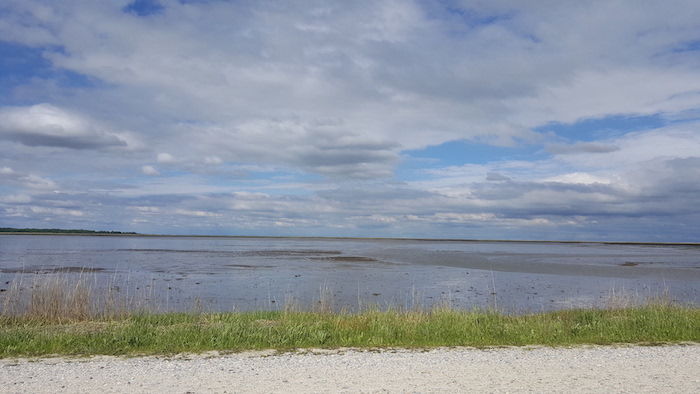
Bombay Hook is a popular place for wildlife photography. Now I understand why. We decided to get out of the car to explore the banks of Shearness Pool, scanning the horizon for freshwater loving birds. Other people, also on the trip, stood leaning against their cars for support with their cameras in hand. Even though it had rained earlier in the day, the sky was a bright vivid blue and crowded with thick, cottony clouds.
I didn’t need binoculars because the birds were so close. I scanned the horizon, hoping to see a mallard duck or a blue heron, two popular birds that are found in the pools of Bombay Hook. What I saw was even more magnificent. A bald eagle, perched on a bank, groomed itself with its’ beak. It flew off when I tried to get a closer look.
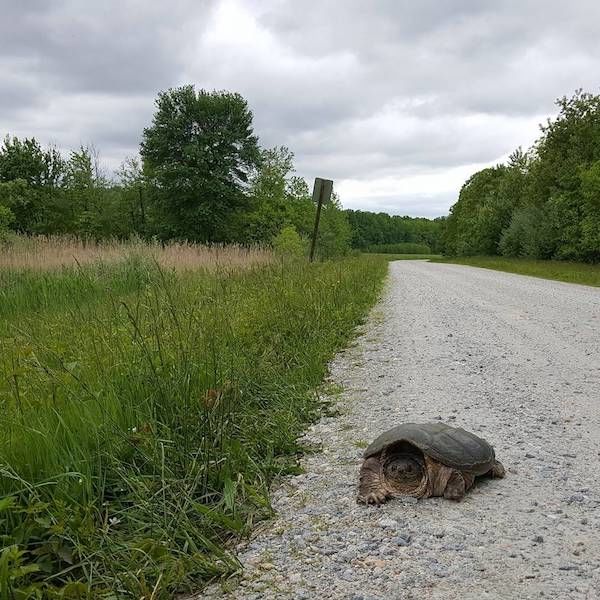
While on the road, we came across not one, but two huge snapping turtles. One, who was missing a tail, crawled away as we approached. The other turtle opened her mouth when I got too close. I’m just glad she didn’t try to bite me.
We read several sites in advance so we knew to be prepared for the trip with the right clothes and tools. At nightfall we decided to search for frogs on the coast of Raymond Pool. I put on my rubber wading boots in the car, grabbed my flashlight from the trunk, and we went out into the mud banks. My feet kept getting stuck in the mud. But I managed not to fall down by grabbing hold of the grass growing in the water and pulling myself out. The water was so deep that I got my feet wet even though I was wearing wading boots.
We could hear the frogs before we could see them. The noises kept getting louder and louder as we sloshed further into the muddy pool. We could hear two types of frog, the green treefrog, which sounds like a small, barking dog, and the northern cricket frog, which sounds like a cricket. I didn’t find any northern cricket frogs, but I found three green tree frogs. One was swimming in the water and the other two were hiding in the grass. I held one of them in my hand. When I tried to put it back into the water, it wouldn’t get off my finger.
The park closes a half an hour after sunset, so once it got too dark, we decided to pack up and head home. But this won’t be our only excursion to Bombay Hook - who knows what we will see on our next trip!
